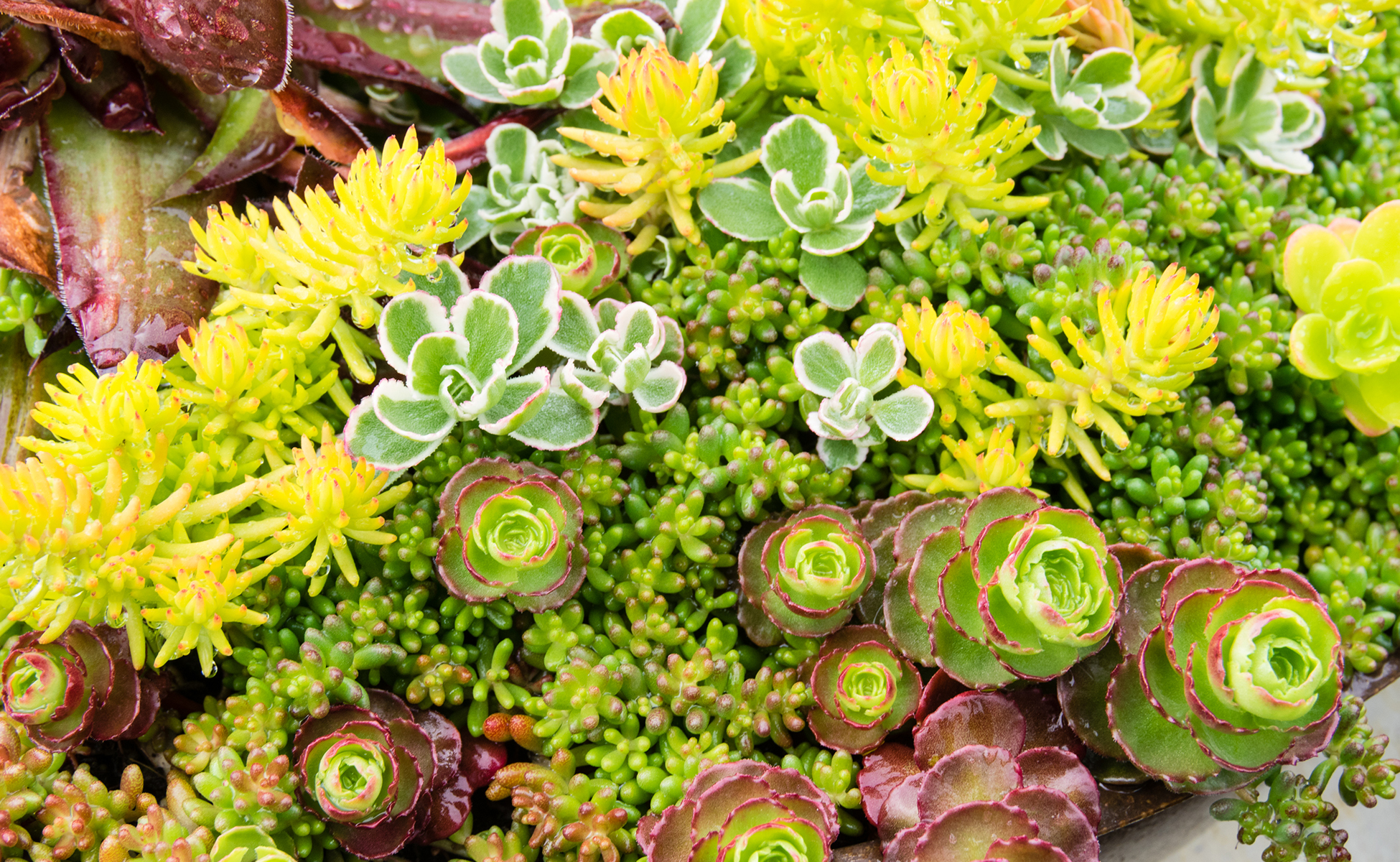A low maintenance garden – Myth or Reality?
One of the most frequent requests from our clients is for a low maintenance planting scheme. Though there is no garden that doesn’t require a little bit of care and pruning from time to time, there are clear steps that you can take to make yours long-lasting and enjoyable without too much hard work.
1 – Choose hardy, evergreen shrubs with contrasting texture and foliage; these will form the backbone of your garden and once established, will require little care.

Make sure that you check their expected mature height and spread, otherwise you may have to prune regularly to fit the space. And beware of climbing plants that need regular tidying or cutting back, such as Wisteria for example.
Keep your scheme simple, repeat plants throughout the garden to create shapes and rhythm that will give the garden the “designed” look. We like to use dome-shaped evergreen shrubs such as Hebes, Lavenders and Skimmias and contrast them with more upright, low maintenance specimen plants such as Euonymus or Pittosporums.
2 – Right plant, right place; as climate change presents us with the challenge of gardening with less water, choosing plants that suit the growing conditions becomes even more important.
Perennials are usually the most time-consuming culprits in borders, requiring feeding, watering, staking, dividing etc… There are however some unfussy perennials that we use regularly in our schemes as we know that they cope with a lot of neglect once established; Sedums that look good from Spring to Winter, Nepetas that cope well with drought and provide long lasting colour, Geraniums that flower for months, Salvias, Geums and ornamental Grasses to name a few…
3 – Feed and protect your plants with a mulch; we all know that weeding is the biggest chore in gardens, so to reduce maintenance requirements, add a thick layer of mulch to all your borders. Make sure you’ve weeded first, then spread a decent depth of fresh compost (10cm at least); this will cover all bare soil and prevent weed seeds from germinating.
If done regularly in Spring and/or Winter, it will also feed your plants and retain moisture, meaning healthier plants and less watering.
4 – Plant at the right time of the year; you can plant at any time of the year, avoiding maybe the driest and hottest months of the summer, but there is a clear advantage in planting in Autumn to guarantee the long-term resilience of your planting scheme. This is particularly true for shrubs or trees that will spend the cooler months concentrating on developing strong roots rather than leaves and flowers, making them tougher from the start.
Happy Gardening,
Anne and Caroline – Planting Gems
07729 835988 & 07930 876348
plantinggems@hotmail.co.uk

